
DEOND, founded by visionaries Ross Lovegrove and Ila Colombo, has unveiled “Enfold” – the pavilion that challenges the narrative of traditional architecture, bringing biophilic design and technology experience together in one place. The pavilion is set in Dubai Design District, or d3 for short, with the objective of redefining public interaction through its “phy-gital therapy” – a harmonious blend of physical and digital realms. It will be open throughout Dubai Design Week, from November 5th to 10th, 2024.

The showstopper for the pavilion is a high-tech “second skin”-that AI-infused fabric that changes its appearance with the person’s physical and emotional states. Therefore, it will be a perceptively sensory space meant for relaxation and introspection, having inspiration from philosophies both in the East and the West about how architecture, human wellness, and environmental awareness can merge seamlessly.
Biomimicry Meets Futuristic Therapy
Sustainable corrugated cardboard has been used to build this pavilion in a biomimetic design: while the rough, seed-like exterior mimics natural protective forms, the smooth, inner space invites introspection into this sanctuary. Filtering, layered perforation characterises the roof, directing the very gentle light throughout the space-an ambience that changes to whatever path the sun takes-and this, of course, will develop an urgent relationship with nature. The soft, dappled light heightens the pavilion’s fundamental feature: an interactive 3D display, or “phy-gital” podium, that projects therapeutic images.
Nesting at the core of this phy-gital experience is the HUG bodysuit—Holistic Unified Garment—a virtual garment suspended on transparent reflective wires that mirror the subtleties of human form. In choosing to suspend the garment in this way, DEOND gives it a presence that is at once airy and earthed. The HUG bodysuit combines ancient Eastern therapies with pressure points on the body to deliver a healing experience that induces a state of mental and bodily relaxation. The 3D design tools with AI blended it in a future natural motif that activates and manipulates one’s self-regulatory systems, guiding people into an immersive, stress-relieving journey.

“Body as Machine” meets “Body as Garden
Deond’s Enfold pavilion is based upon the philosophy of bringing together the “Body as Machine,” a concept in the West that seeks to slim the mechanical efficiencies, and “Body as Garden,” an Eastern approach in which man identifies with the complete system. This duality captures the efforts of DEOND toward balancing the acceleration of technology and holistic care: it chums visitors into questioning the role of technology in bringing humankind back to a harmonious relationship with nature.

There’s the core of the experiment, HUG bodysuit: this is a request for AI in association with traditional techniques to set up a feeling of presence and mindfulness. High-tech fabric is the main engine, through which the bodysuit can sense and adjust to individual needs, initiating a new potential for technology acting not as protection, but as a soft layer enveloping. This vision is described by Colombo: “What if technological acceleration could bring us closer to nature, helping us reclaim what’s been lost? Enfold explores how embedded, nurturing technology could become a second skin.”

Enfold as a Prototype for Future-Driven, Sustainable Architecture
Besides its use of cardboard as the principal material for an almost entirely cardboard pavilion, Enfold relates to sustainability and DEOND’s pursuit of environmental creation and effectiveness through architecture. Cardboard is a lightweight and recyclable material, thus an ecologically friendly installation in the context of DEOND’s larger vision of using architecture to change our relationship with the environment. In this regard, the roof with perforations shows how natural light can animate the interior of the pavilion without relying on artificial lighting.

DEOND, with the use of Enfold, sets a benchmark in biophilic and sustainable design, setting aside an environment that is not a shelter but a space for healing humans and reconnecting to nature. This installation may be the blueprint for future architecture, technology, natural materials, and biomimetic principles coming together to create meaningful therapeutic experiences that can be enacted in an urban landscape.

A New Paradigm for Therapeutic Architecture?
As public spaces seek to serve functional and emotional needs, the Enfold pavilion from DEOND foretells an architecture so deeply rooted in sensory, phy-gital experiences. Inducing a sense of rethinking humanity’s approach towards architecture-feminine and empathetic-henceforth adaptable-the fragile balancing act of this installation between sustainability and innovative steps forward while staying true to ancient therapeutic principles hits back against an industry that can inspire, but perhaps should heal as well.
That is going to be increasingly possible because, today, we are all becoming more rapidly urbanized. It is within the realm of possibility and for practical living when such utopian visions, such as DEOND’s Enfold pavilion—spaces where well-being and ecological mindfulness coexist in sustainable forms—become a real thinking idea that goes into questioning what kind of harmony can be together between technology and the natural world.
Learn with PAACADEMY:
Check out the workshops at PAACADEMY to learn from the industry’s best experts how to use advanced parametric design tools, AI in design workflows, and computational design in architecture!





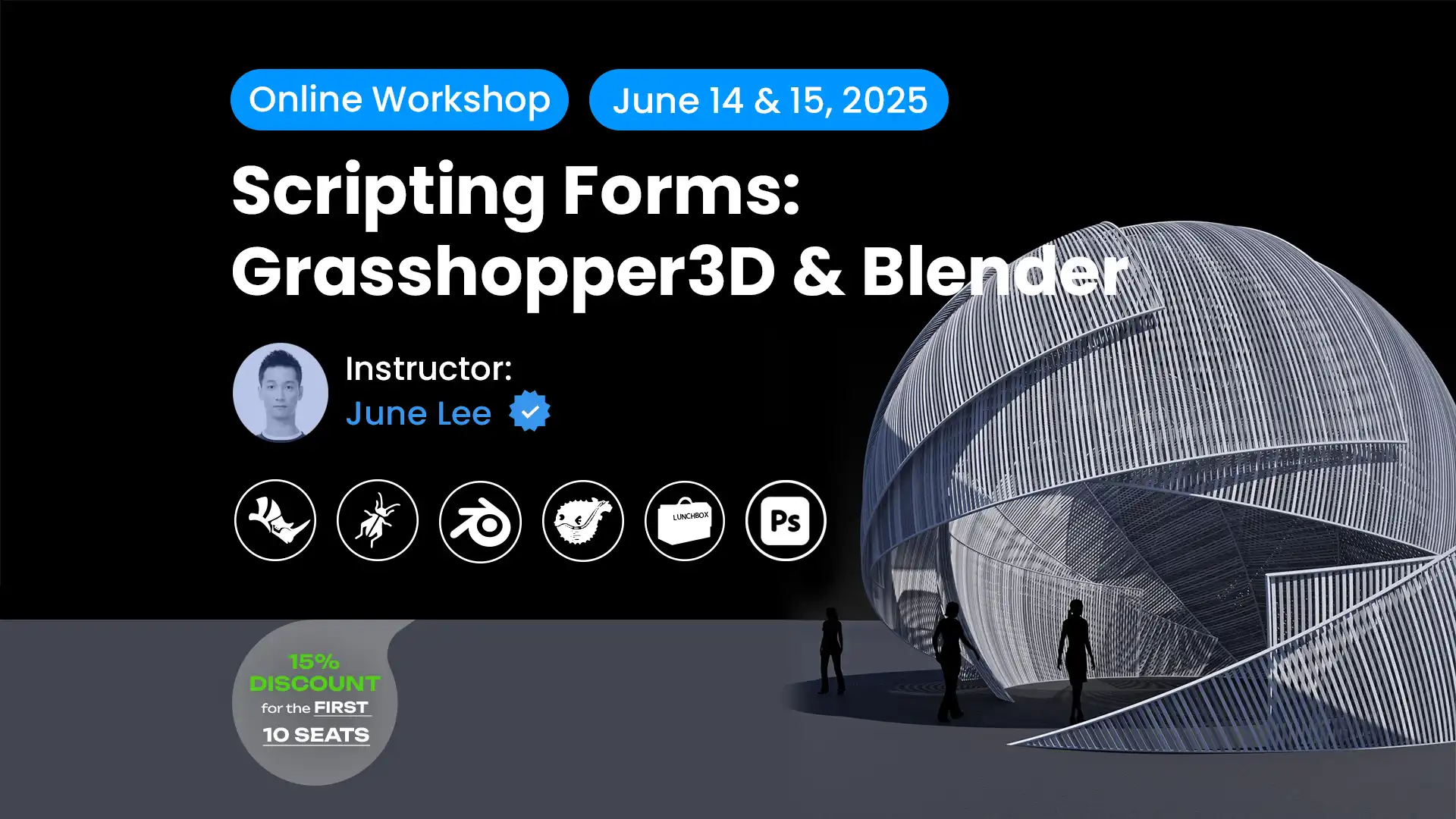
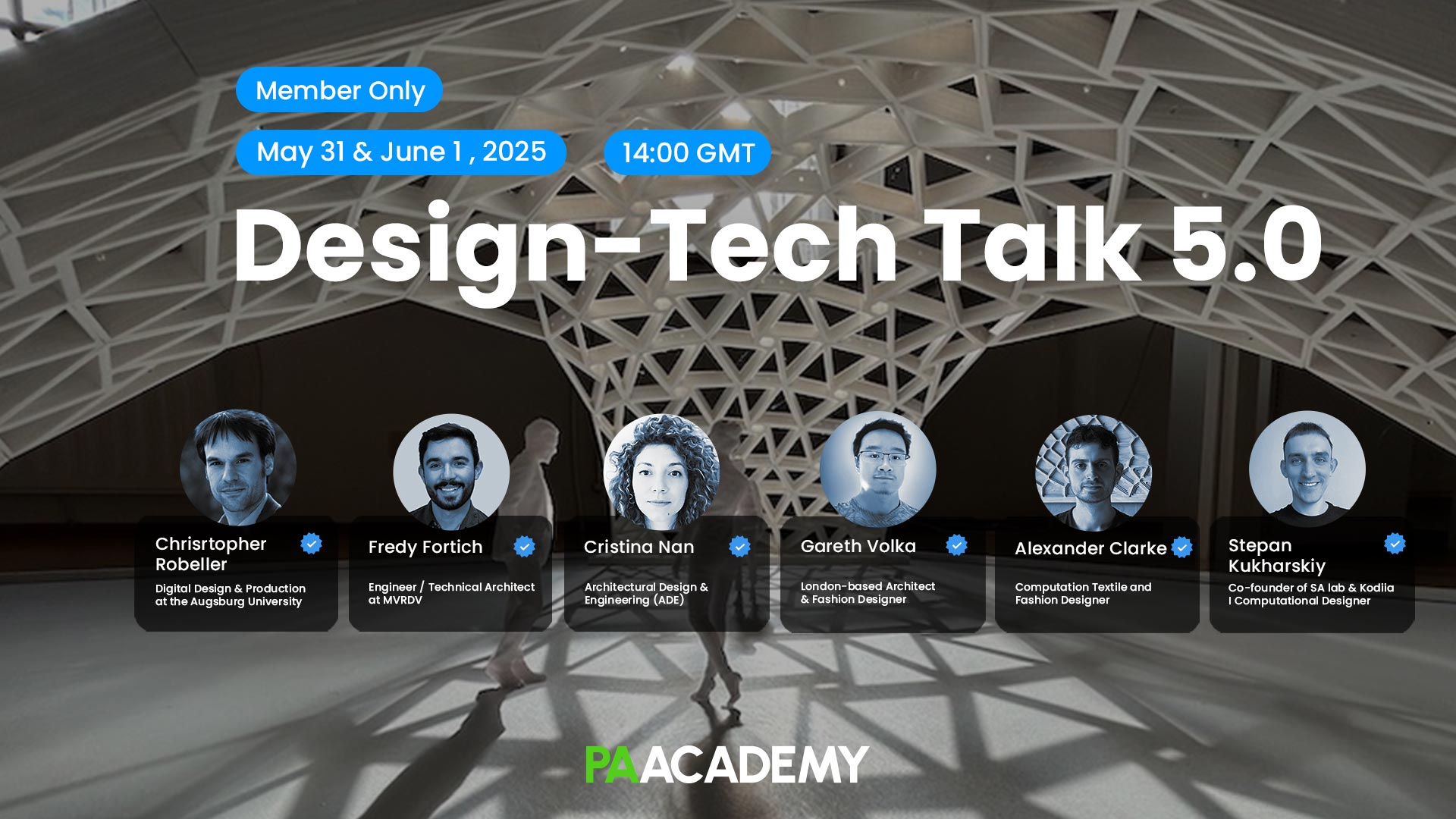
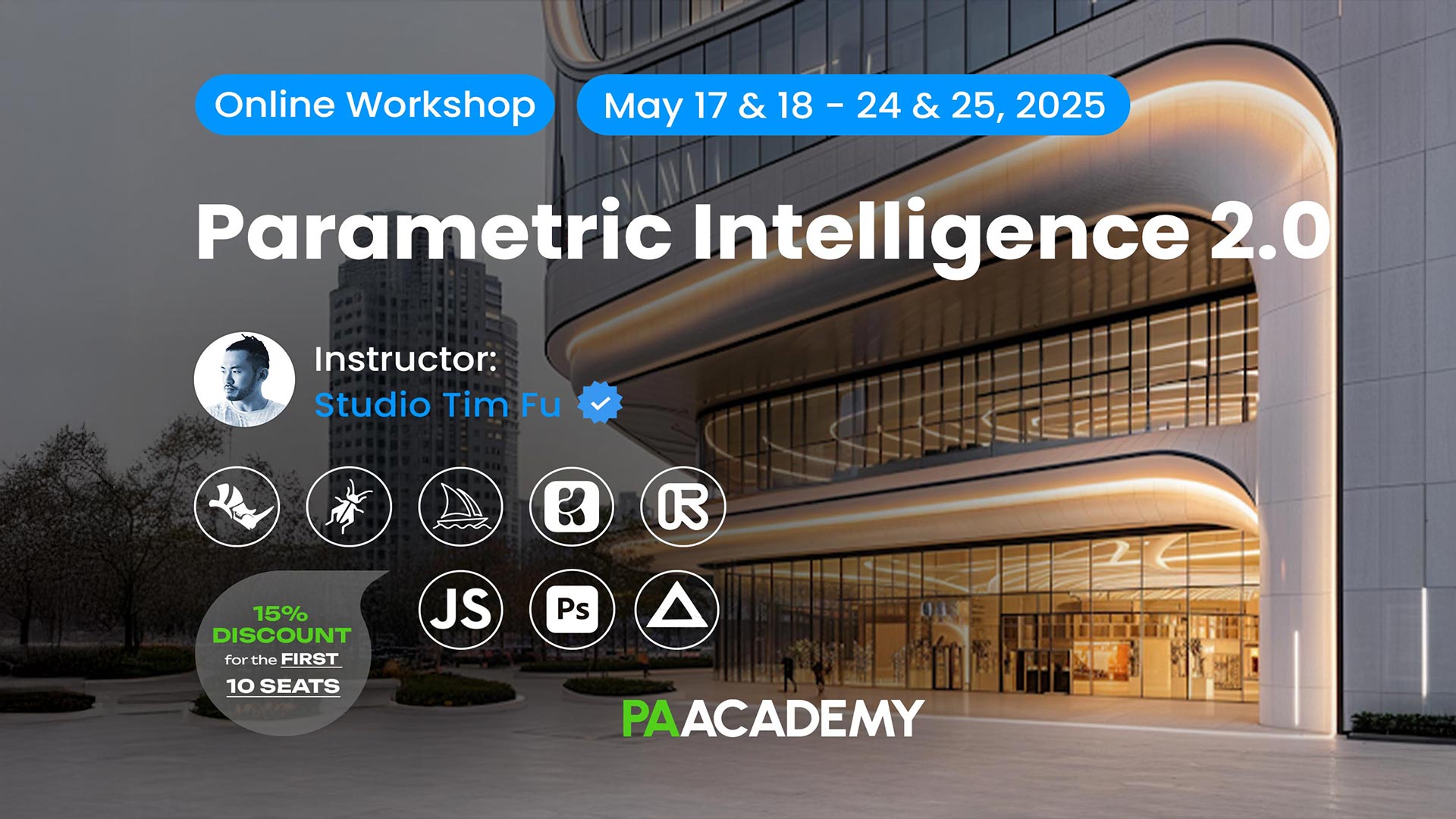
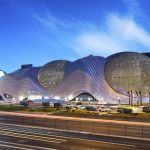
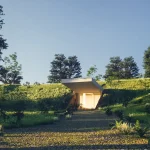








Leave a comment